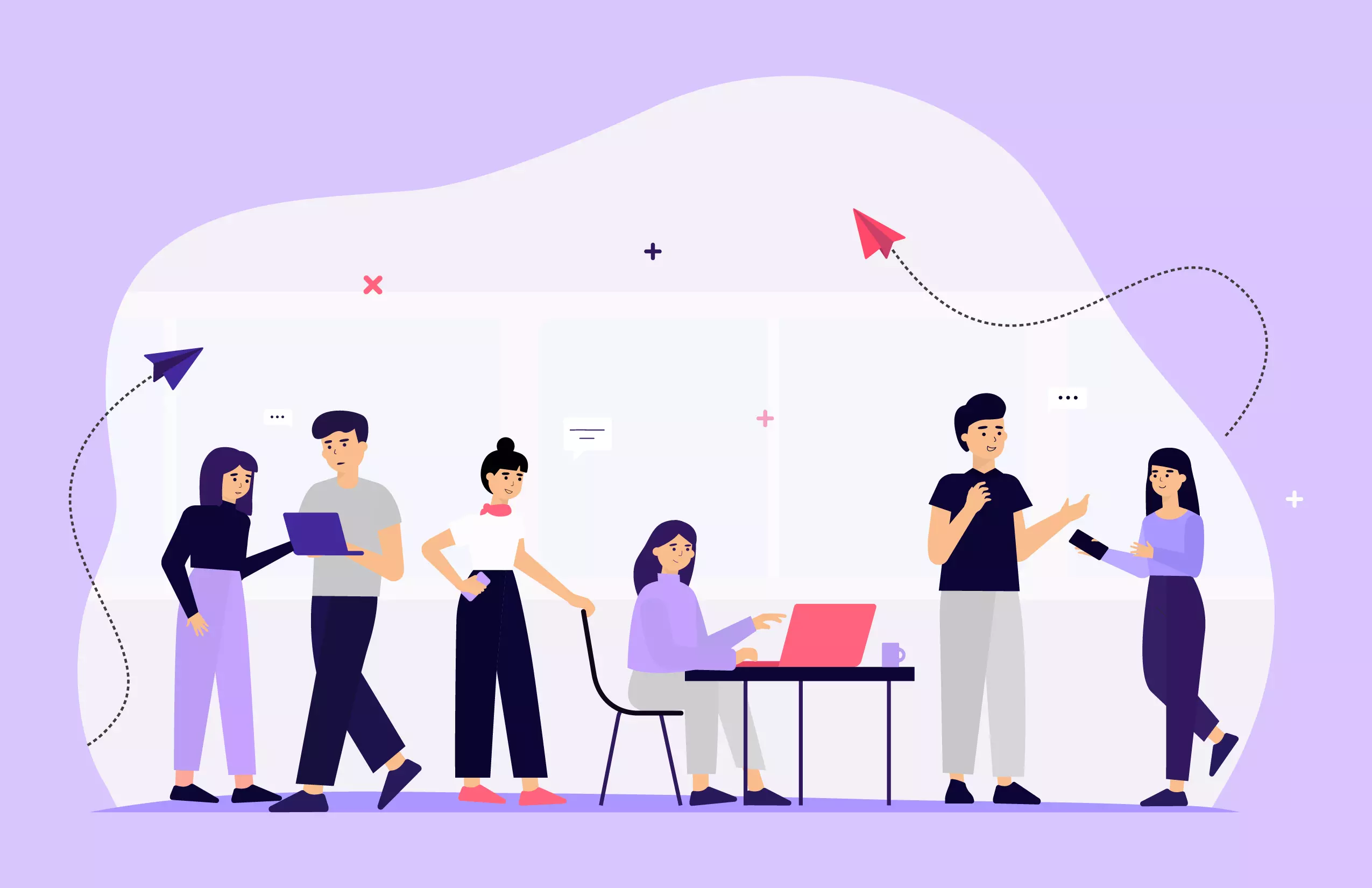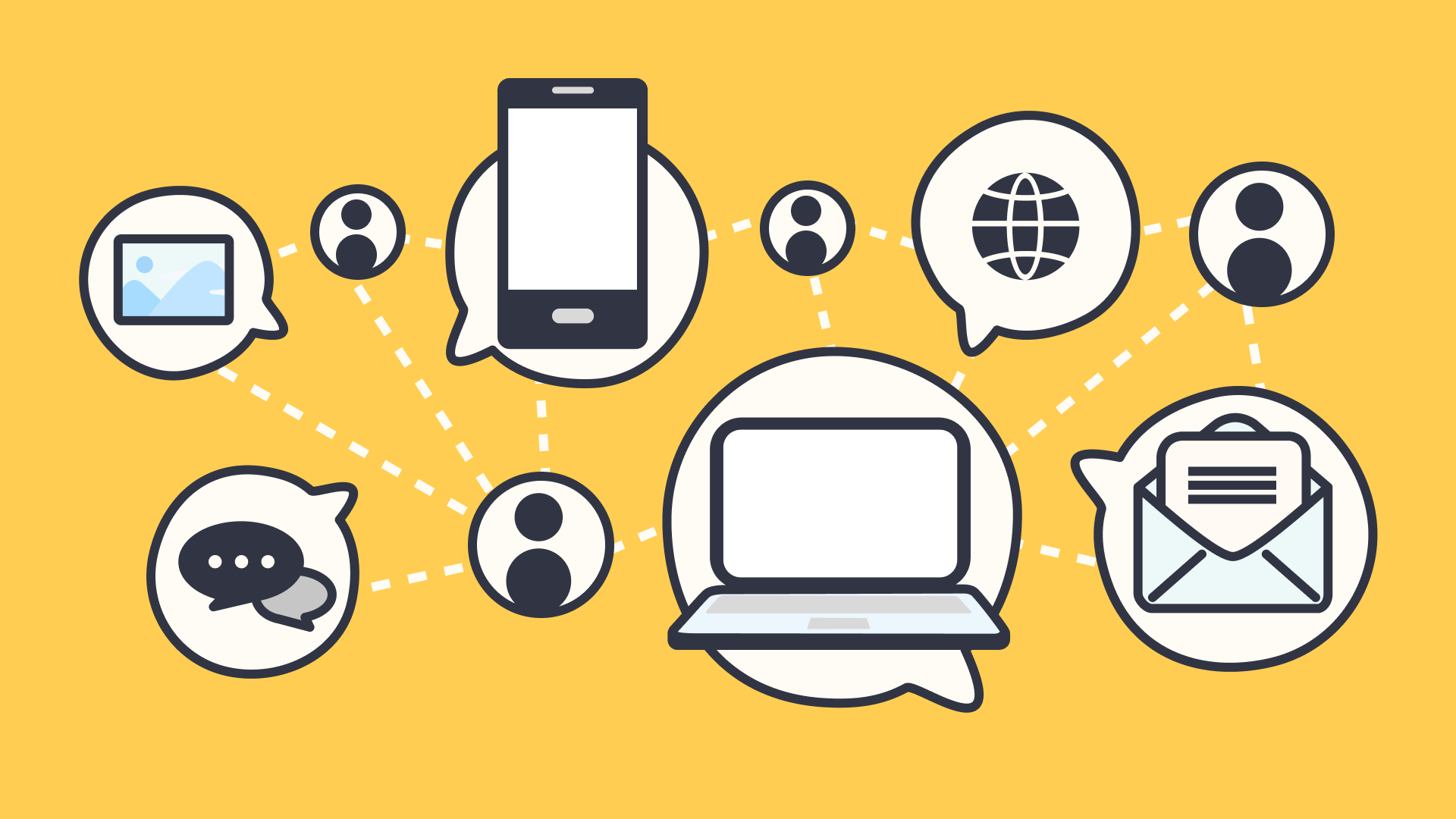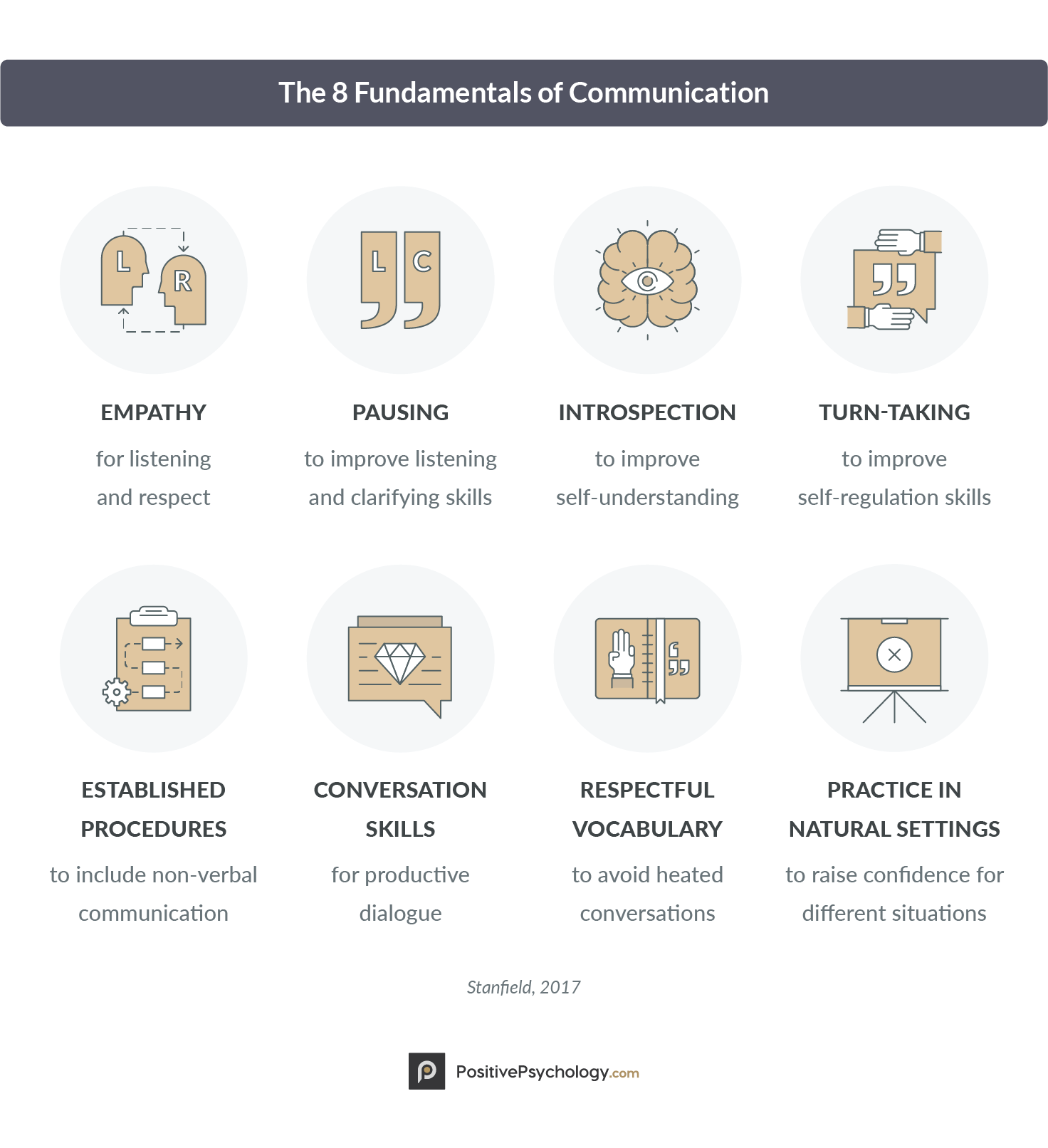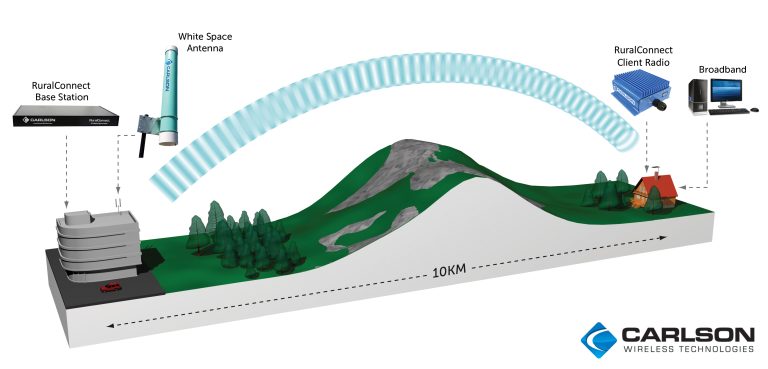Communication Activities: Boost Skills & Team Bonding
Communication is key in every relationship. It builds connections and fosters understanding.
In today’s fast-paced world, effective communication skills are more important than ever. Whether in personal relationships, at work, or in social settings, how we convey our thoughts and feelings can make a big difference. Communication activities can help improve these skills by engaging people in fun and interactive ways.
They provide a platform to practice and enhance verbal, non-verbal, and listening abilities. Through games, role-plays, or group discussions, individuals can learn to express themselves better and understand others more clearly. These activities are not just for professionals; they are useful for everyone, from kids to adults. Dive into the world of communication activities and discover new ways to connect with others.

Credit: www.lystloc.com
Interactive Workshops
Interactive workshops focus on improving communication through fun activities. Participants engage in exercises that boost speaking and listening skills. These sessions encourage teamwork and build confidence in expressing ideas.
Interactive workshops are powerful tools to enhance communication skills. They foster active participation and allow you to learn by doing. Through these workshops, you gain practical experience that you can apply in real-world situations.Role-playing Scenarios
Role-playing scenarios are an exciting way to improve communication. Picture yourself in a meeting, negotiating with a tough client. In a workshop, you can practice this scenario, experimenting with different approaches. These exercises help you think on your feet. You learn to adjust your tone and language to suit the situation. This hands-on practice boosts your confidence for actual encounters.Group Problem-solving Challenges
Group problem-solving challenges encourage collaboration. Imagine you’re working with a team to solve a complex puzzle. Each member brings a unique perspective to the table. Such activities teach you to listen actively and value diverse opinions. You learn the art of compromise and collective decision-making. These skills are invaluable in both personal and professional settings. Engaging in interactive workshops can transform your communication style. Have you ever left a workshop feeling more equipped to handle conversations? That’s the power of practice and teamwork in action.Outdoor Team Exercises
Outdoor team exercises offer a refreshing way to improve communication. Fresh air and open spaces foster creativity and teamwork. These activities are ideal for groups seeking to enhance their collaborative skills. They help break the monotony of indoor meetings. Participants engage with nature while building trust and understanding. The exercises are adaptable to various environments and group sizes. This flexibility makes them suitable for diverse teams.
Trust-building Activities
Trust is the foundation of effective teamwork. Outdoor exercises can strengthen this crucial element. Blindfold walks are one popular choice. One team member guides a blindfolded partner through a path. This requires clear instructions and mutual trust. Another activity is the trust fall. Participants fall backward, relying on their team to catch them. This builds confidence and trust in a fun setting.
Communication Games In Nature
Nature provides a unique backdrop for communication games. These activities encourage clear and concise interaction. Scavenger hunts are a great example. Teams work together to find items hidden in nature. This game demands planning and clear communication. Another option is the silent hike. Participants walk in silence, using gestures to communicate. This exercise enhances non-verbal communication skills.
Digital Collaboration Tools
In today’s digital world, communication activities have transformed significantly. Digital collaboration tools have become essential for businesses and teams. These tools enhance productivity and foster teamwork. They enable seamless communication regardless of location. With the right tools, teams can collaborate in real-time. This ensures projects move forward efficiently. Below, discover how virtual brainstorming sessions and online team building platforms can benefit your team.
Virtual Brainstorming Sessions
Virtual brainstorming sessions bring creativity to remote teams. These sessions break the barriers of physical distance. Tools like Miro and MURAL offer virtual whiteboards. Team members can share ideas in a dynamic space. This encourages active participation from everyone. Teams can easily document and refine ideas. This increases the chances of successful projects.
Online Team Building Platforms
Online team building platforms strengthen team bonds. Platforms like TeamBonding and QuizBreaker offer interactive activities. These activities engage team members in fun and meaningful ways. They promote trust and understanding among colleagues. Teams can participate in quizzes, games, and challenges. This fosters a sense of community and belonging. Stronger teams often lead to better collaboration.
Creative Arts Projects
Creative arts projects open doors to vibrant communication experiences. Through art, individuals express thoughts and emotions without words. These projects nurture creativity and foster collaboration. They empower participants to explore ideas and strengthen their communication skills.
Storytelling Sessions
Storytelling sessions invite participants to share tales. Everyone has a unique story to tell. These sessions encourage personal expression and active listening. Participants learn to articulate their thoughts clearly. They also gain empathy by understanding different perspectives.
Stories can be about personal experiences or imaginative worlds. In groups, individuals can build on each other’s narratives. This enhances collaboration and deepens connections. Storytelling nurtures creativity and strengthens verbal communication.
Collaborative Art Creation
Collaborative art creation brings people together to create shared artworks. Participants contribute ideas and skills to a common piece. This activity promotes teamwork and communication. Each person’s input is valued in the creative process.
Art can range from painting to sculpture or digital design. Group projects encourage dialogue and compromise. Individuals learn to express their artistic visions. They also negotiate to merge ideas into one masterpiece.
Collaborative art fosters a sense of community. It strengthens bonds through shared achievement. This activity highlights the power of art in communication.
Feedback And Reflection
Feedback and reflection are vital in communication activities. They help individuals understand their strengths and areas needing improvement. Reflecting on feedback encourages self-awareness and personal growth. This process fosters effective communication skills.
Peer Review Circles
Peer review circles provide a supportive environment. Participants share their work with peers. Each member gives constructive feedback. This practice enhances understanding and communication. It encourages sharing thoughts and ideas openly. Receiving feedback from peers builds confidence. It helps in recognizing different viewpoints.
Personal Growth Discussions
Personal growth discussions focus on individual development. Group members discuss their experiences and insights. They reflect on personal communication challenges. Such discussions promote self-awareness. They encourage participants to set personal goals. These conversations lead to improved communication skills.

Credit: www.clickvieweducation.com

Credit: www.indeed.com
Frequently Asked Questions
What Is An Example Of A Communication Activity?
An example of a communication activity is a team meeting. Team members share ideas, discuss projects, and resolve issues. Effective communication boosts collaboration, ensuring everyone is aligned with goals. Regular meetings improve transparency and foster a positive work environment. Engaging discussions enhance problem-solving skills, promoting efficient decision-making.
What Are The 4 Types Of Communication Activities?
The four types of communication activities are verbal, non-verbal, written, and visual. Verbal communication involves speaking and listening. Non-verbal includes body language and facial expressions. Written communication covers emails, texts, and letters. Visual communication uses images, graphs, and charts to convey messages effectively.
What Are The 7 C’s Of Communication Activities?
The 7 C’s of communication are clarity, conciseness, concreteness, correctness, coherence, completeness, and courtesy. These principles ensure effective and efficient communication, enhancing understanding and minimizing misunderstandings. Prioritize these elements to improve interactions in personal and professional settings.
Conclusion
Engaging in communication activities boosts understanding and connection. These activities foster better relationships. They help build trust and improve teamwork. Practicing these skills makes conversations more effective and enjoyable. Remember, communication isn’t just about talking. Listening plays a big part too.
Encourage open dialogue and respect different opinions. This strengthens bonds and creates a positive environment. So, make time for these activities. Your efforts will enhance interaction and understanding. Keep practicing, and you’ll see the benefits grow every day. Communication activities are key to better relationships and a happier life.



